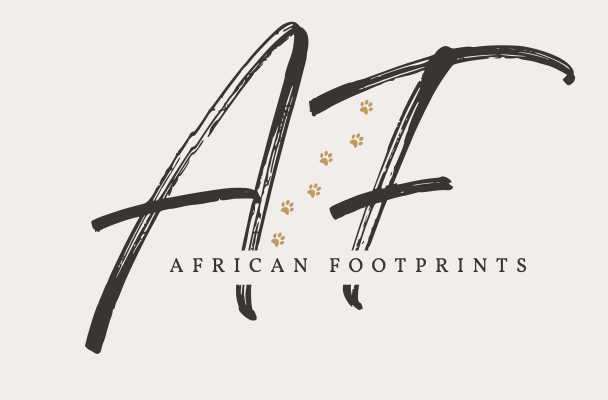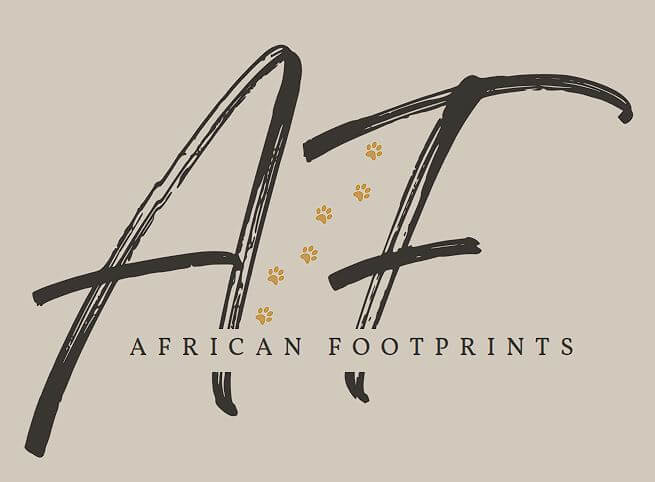Before travelling to Kenya, you should also consider the currency and cash supply.
While the days of having to carry large amounts of cash are long gone, there are still a few things to keep in mind in order to pay without any problems in Kenya.
Currency and payment in Kenya
The Kenyan shilling – an overview of the national currency
ATMs are widespread in Kenya and are the most convenient way to obtain Kenyan shillings. In all major cities such as Nairobi, Mombasa, Nakuru and Eldoret, you will find numerous ATMs that accept international cards. Even in smaller towns and at petrol stations, ATMs are now standard.
Most Kenyan ATMs accept Visa and Mastercard without any problems. EC cards with the Maestro symbol also work at many ATMs, but you should check with your bank in advance about any fees. The daily withdrawal limit is usually 40,000 Kenyan shillings (around 300-350 euros), which is sufficient for most travellers.
Current exchange rate at: wise.com/eur-to-kes-rate
Kenyan banknotes are colourful and feature various motifs from Kenyan culture and wildlife. The newer editions in particular have modern security features and are difficult to counterfeit. Nevertheless, you should always check the authenticity of the notes when exchanging money.
Withdrawing money in Kenya – easier than you might think
ATMs are widespread in Kenya and are the most convenient way to obtain Kenyan shillings. In all major cities such as Nairobi, Mombasa, Nakuru and Eldoret, you will find numerous ATMs that accept international cards. Even in smaller towns and at petrol stations, ATMs are now standard.
Most Kenyan ATMs accept Visa and Mastercard without any problems. EC cards with the Maestro symbol also work at many ATMs, but you should check with your bank in advance about any fees. The daily withdrawal limit is usually 40,000 Kenyan shillings (around 300-350 euros), which is sufficient for most travellers.
Important tips for withdrawing money in Kenya:
- Use ATMs in banks or shopping centres, as these are more secure.
- Avoid ATMs in isolated locations, especially at night.
- Don’t let strangers ‘help’ you withdraw money.
- Cover the keypad when entering your PIN
- Keep your card safe and carry a spare card with you.
The fees for withdrawing money vary depending on the bank. Many direct banks offer free withdrawals abroad, while traditional banks often charge 5-10 euros per withdrawal. Find out in advance about your bank’s terms and conditions or get a travel credit card with no foreign transaction fees.
Cash is king – why cash is indispensable in Kenya
Although Kenya is a global leader in digital payments with the M-Pesa system, cash remains the most important means of payment for tourists. There are several practical reasons for this, which you should take into account when planning your trip.
Although credit cards are often accepted at safari lodges and camps, you will almost always need cash for tips, small purchases and local activities. Many of the most memorable experiences – such as visiting a Masai village, buying handicrafts or enjoying a spontaneous snack on the go – can only be paid for in cash.
Cash is not only common on local markets, it is often the only accepted form of payment. Here you can also use your bargaining skills, which would be difficult with a credit card. Cash is essential, especially at the famous Masai Market in Nairobi or the souvenir markets in Mombasa.
You will also need cash for transport such as matatus (local minibuses), taxis without meters or boda-bodas (motorcycle taxis). Even on organised tours, there are often small additional costs that must be paid in cash.
Tips are an important part of the service sector in Kenya and are given exclusively in cash. Safari guides, hotel staff, drivers and restaurant employees expect tips, which are usually between 5-15 percent of the bill.
US dollar as an alternative
US dollars are widely accepted in Kenya, especially in tourist areas. Many safari lodges, hotels and tour operators even quote their prices in US dollars. However, you should note that the exchange rate is often less favourable than when paying directly in Kenyan shillings.
If you wish to bring US dollars, please ensure that the notes are in good condition and not older than 2006. Damaged or very old dollar bills are often not accepted. Large bills (50 and 100 dollars) achieve better exchange rates than small denominations.
Credit cards – limited but useful
Credit cards are mainly accepted in upmarket hotels, restaurants and shops. Visa and Mastercard are more widely accepted than American Express or Diners Club. In Nairobi and Mombasa, you can pay by card in most modern restaurants and shopping centres.
Beware of credit card fraud: Unfortunately, credit card fraud is not uncommon in Kenya. Never let your card out of your sight and make sure that it is only swiped once through the reader. Check your account statements regularly and report any suspicious transactions to your bank immediately.
For security reasons, it is advisable to carry several means of payment with you: a main credit card, a spare card and some cash kept in different places.
Mobile payment using M-Pesa
Kenya is a pioneer in mobile payments with the M-Pesa system, which is used by most Kenyans on a daily basis. As a tourist, you can theoretically use M-Pesa, but in practice it is complicated because you need a Kenyan SIM card and registration. For short stays, it is usually not worth the effort.
M-Pesa is nevertheless interesting because it shows how advanced Kenya is in terms of digital payments. Many small retailers accept M-Pesa, but not necessarily international cards.
Currency exchange – where and how?
Banks offer the most secure exchange rates, but often have long waiting times and limited opening hours. The major Kenyan banks such as KCB, Equity Bank and Standard Chartered have branches in all major cities.
Currency exchange offices (forex bureaus) are often more convenient than banks, as they have longer opening hours and work faster. Make sure that the currency exchange office is licensed – reputable providers display their licence clearly.
Hotels do exchange money, but they usually offer worse rates than banks or exchange offices. However, this is a practical option for small amounts or emergencies.
Airports also have currency exchange offices that are open around the clock. The rates are often slightly worse, but they are quite practical for your first expenses after arrival.
Practical tips for handling money in Kenya
Small bills are worth their weight in gold
Make sure you always have small notes (50, 100, 200 schillings) with you. Large notes can cause problems when making small purchases, as change is often not available.
Negotiation is part of it
At markets and souvenir shops, bargaining is common and expected. Start with about a third of the asking price and work your way up.
Tipping etiquette
In restaurants, 10 percent is customary; safari guides expect around 10-15 US dollars per day, hotel staff 2-5 US dollars depending on the service.
Safety first
Never carry large amounts of cash openly. Use money belts or hidden pockets and keep your money in different places.
The currency situation in Kenya has become less complicated for tourists than many people think. With a good mix of cash and credit cards, you will be prepared for any situation. The most important thing is to find out about your bank’s fees in advance and always have enough cash with you for the small but unforgettable experiences that will make your trip to Kenya special.

